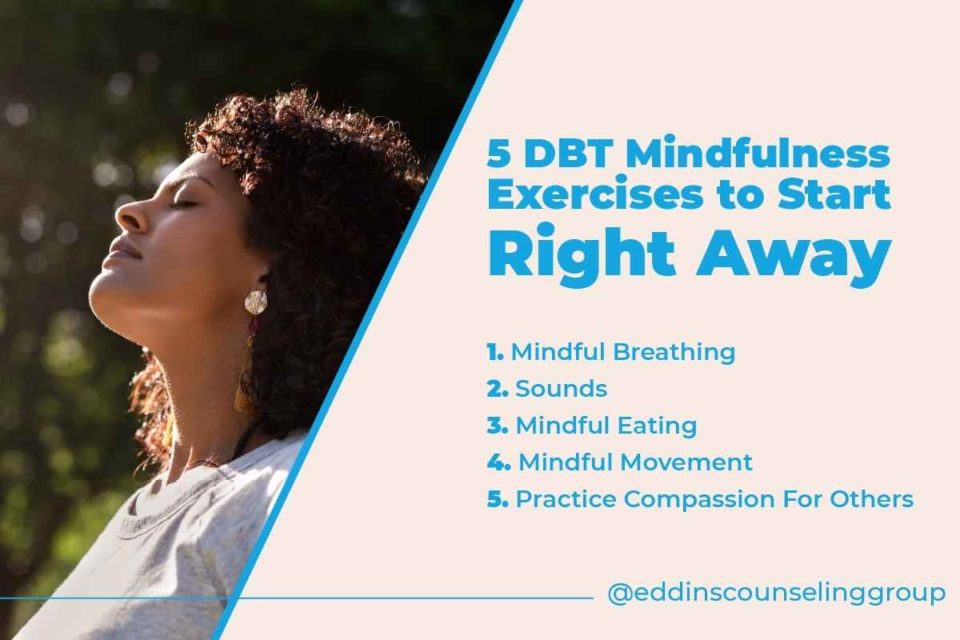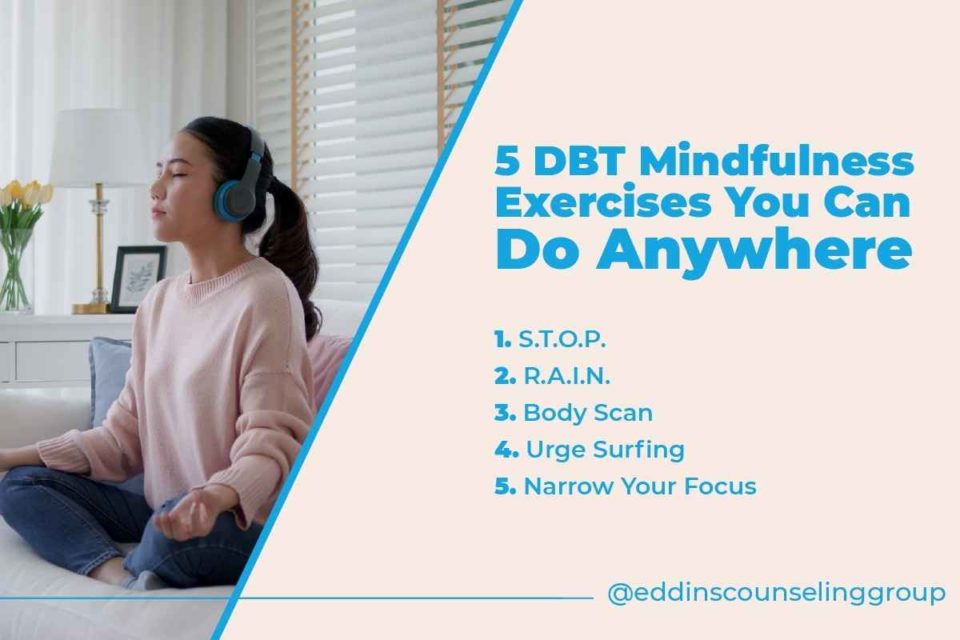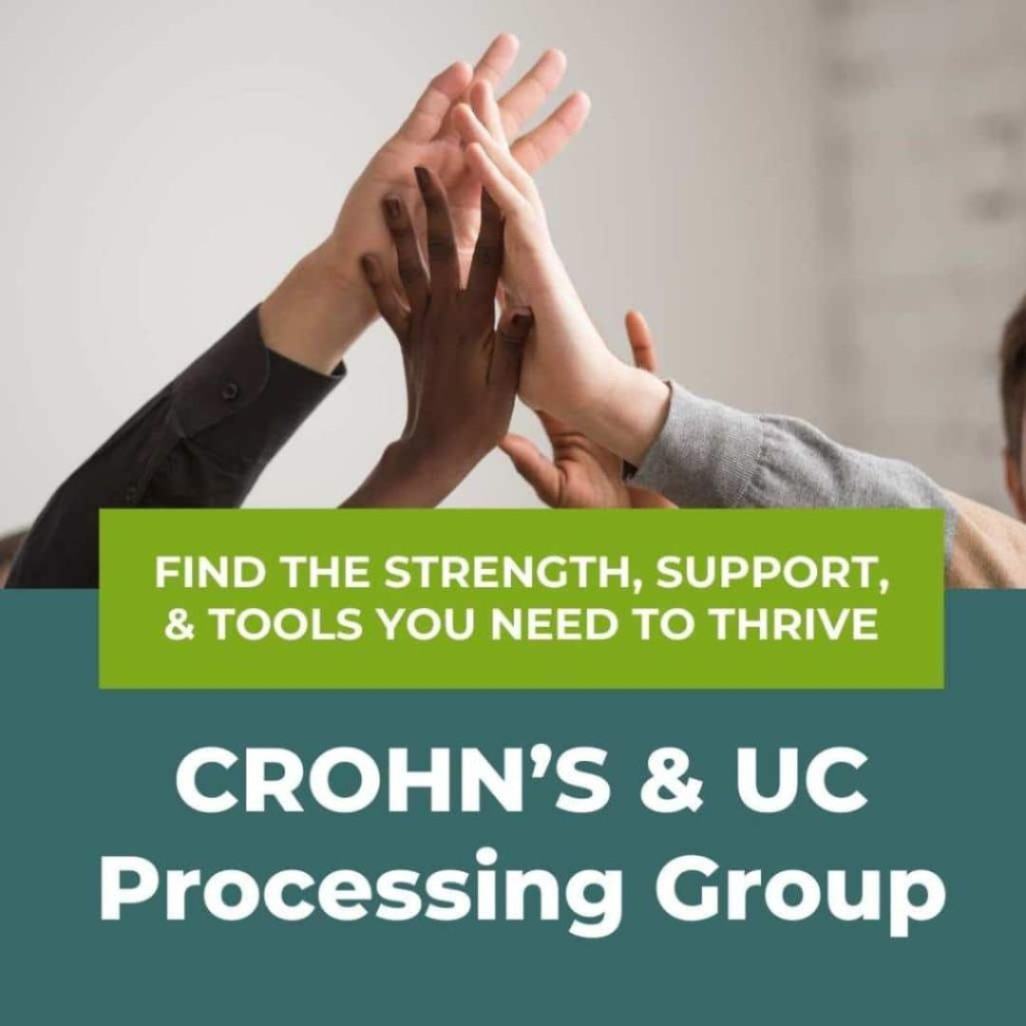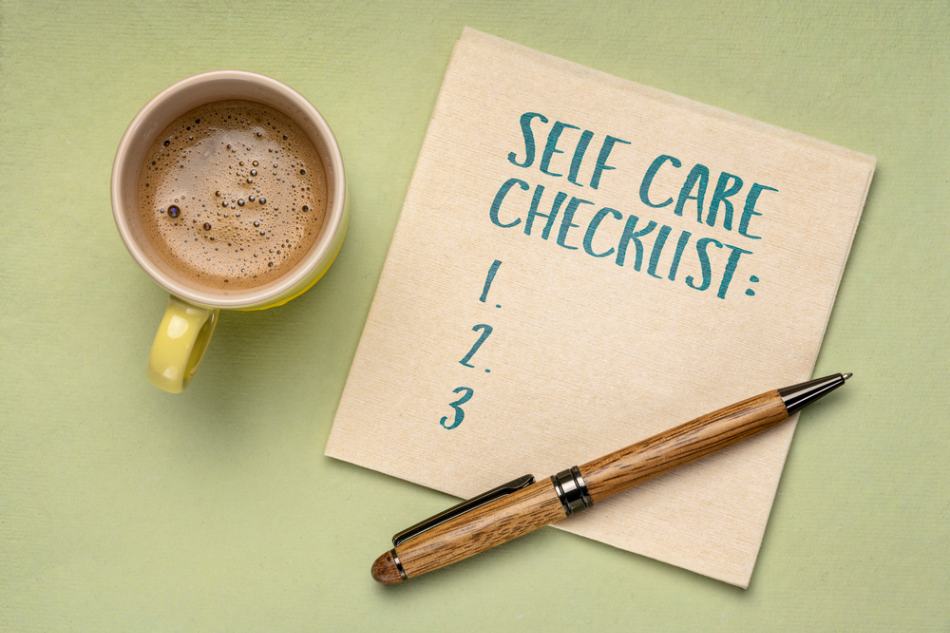July 18, 2022
DBT Mindfulness Exercises to Regulate Emotions
Written by Rachel Eddins
Posted in Emotional & Mental Health, Self Help / Personal Development and with tags: DBT, meditation, mindfulness

When you glance at the title above, you surely recognize the concept of mindfulness (more about that soon). But what does DBT mean? It stands for Dialectical Behavior Therapy — a modified form of Cognitive Behavioral Therapy (CBT).
The primary focus of DBT is to help people live in the present moment. In such a state, it’s easier to regulate your emotions and enhance your relationships.
DBT has been found to be an effective treatment for a broad range of issues. These include self-harm, substance abuse, mood disorders, and suicidal ideation.
However, DBT’s emphasis on mindfulness makes it helpful for just about everyone.
What is Mindfulness?
In the words of the renowned meditation teacher, Jon Kabat-Zinn, mindfulness is “awareness that arises through paying attention, on purpose, in the present moment, and non-judgmentally.”
Humans have the innate ability to be fully present. This is crystal clear in a time of crisis. Yet, throughout the low stakes moments of each day, it can be challenging to:
- Avoid being overwhelmed by the events taking place around us
- Not get stuck in past regrets or fears about the future
- Stay aware of where we are, who we are, and what we’re doing
- Avoid over-reacting to outside stimuli
Mindfulness exercises bring us back to what we already possess. They can ground and center us and put us in touch with our deepest selves.
5 Quick and Easy DBT Mindfulness Exercises to Start Right Away
1. Mindful Breathing
This is an ideal entry point for practicing DBT mindfulness. Start with your breath. Here are two of the many DBT breathing methods:
- Deep breathing: In through the nose and out through the mouth. You may add in words like “in” and “out” or count the length of each inhale and exhale
- Breathing colors: Start by choosing two colors. Imagine one of the colors as you inhale. Picture the other color as you exhale.
2. Sounds
Tune into the sounds happening around you. Choose one and focus on it. You can be more intentional by choosing a particular song. Hear every note and every word. Identify the bass line, the drumbeat, and general tempo. Think about the lyrics being sung.
It may be one of your favorite songs — one you’ve heard countless times. Using DBT techniques, this song may sound entirely new to you.
3. Mindful Eating
Eat without doing anything else except eating. Pick the meal or food of your choice. Notice:
- How it feels in your hands
- Its taste, texture, smell, and temperature
- Identify the shape and color of the food
Chew slowly and deliberately. Feel your thoughts become focused on the full experience of eating.
4. Mindful Movement
To get a feel for this exercise, begin with walking. It can be indoors or outdoors. Some suggestions as to what you can focus on:
- Your muscles working in tandem
- The feel of your feet striking the ground or floor
- Perhaps a rise in heart rate or some perspiration happening
Once you’ve got the feel, mix things up by making it playful. For example, if outside, make a turn every time you see a particular object (mailbox, blue car, etc.). This will guide you deeper into the moment.
5. Practice Compassion For Others
This cliché exists for a good reason. It’s true. When we help others, we help ourselves.
You can combine this exercise with breathing.
- Sit and breathe.
- Visualize someone and wish them well.
- Wish them to be free from suffering.
- Picture them happy, smiling, and laughing.
Learn more about self compassion and self esteem therapy.
DBT Mindfulness Practices Can Help You Regulate Your Emotions
Staying in the present moment is a powerful way to regulate overwhelming emotions. One of the most common methods for staying rooted in the moment is mindfulness.
Thus, DBT teaches you mindfulness exercises like the 5 above. These are mindful breathing, focusing on sounds, mindful eating, mindful movement, and practicing compassion for others.
As you gain comfort and confidence in your mindfulness practice, you will probably want to take your recovery on the road!
DBT mindfulness exercises help with emotion regulation. Regulating emotions not only helps you cope with your mood and emotions, but it also helps you improve your relationships.
Consider the following techniques:
5 DBT Mindfulness Exercises You Can Do Anywhere
1. STOP
We’ll start with the simplest and most basic. “STOP” stands for:
- Stop
- Take a breath
- Observe your thoughts and feelings
- Proceed (Get back to whatever you were doing before you “stopped” but do so in a more mindful and aware state)
2. RAIN
Another acronym and this one stands for:
- Recognize precisely what’s going on at this precise moment
- Allow, as is just let things be what and how they are without attempting to analyze or change anything
- Investigate with interest and care
- Nurture with self-compassion
RAIN is designed specifically for those times when challenging emotions emerge. Let’s take a closer look at each step:
- R: As we go through our daily lives, we can fall into a trance of sorts. It’s almost as if we’re in a dream — just going through the motions. This can be a defense mechanism to avoid uncomfortable thoughts or sensations. Recognizing snaps us into waking life. We’re fully present for all this moment has to offer.
- A: You are under no obligation to judge your feelings or thoughts. Allowing is a reminder that you can accept them as being there. They’re present with you but do not control or define you.
- I: So, you’ve snapped out of the trance but chosen not judged. Now what? Get curious. Investigate what you see, feel, and sense. Is something calling out to you? Does something need your attention?
- N: Now that you’re in a place where you can discern your concerns and issues, it’s time to nurture. Use self-compassion to nourish your deepest needs
3. Body Scan
This one can segue from the S and T parts of “STOP.” Use your breath to guide across every inch of your body. Give each body part your full attention. Keep breathing as you focus your curiosity from your head to your toes.
4. Urge Surfing
This exercise can be especially effective when you’re struggling with any kind of addictive behavior. When a craving strikes:
- Accept that it exists and you sense it
- Identify where you feel it
- Don’t do anything except take long, slow inhales and exhales
- As the cravings increase and decrease maintain your focus and breathing
5. Narrow Your Focus
Perhaps the simplest and most fundamental DBT mindfulness exercise is a way to reduce anxiety.
Find an object to observe. Do so in great detail. Study this object as if you were to be tested on it. Learn all of its nuances and quirks. Dedicate your concentration so fully that your mind has no room for anxiety — or anything else for that matter!

How Can DBT Help You?
If this post has sparked your curiosity, why not learn more about DBT?
Therapy can be such a powerful tool for self-awareness and healing.
DBT, in particular, can impart the mindfulness skills that may change how you greet each passing moment. We invite you to get in touch.
Let’s set you up for a free consultation so we can tell you more! Or, get started today with one of our Houston, Montrose, or Sugar Land therapists.
Grounding & Self Soothing
Get instant access to your free ebook.
Why You Feel This Way
Get instant access to your free ebook.
































